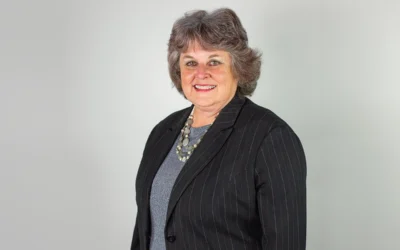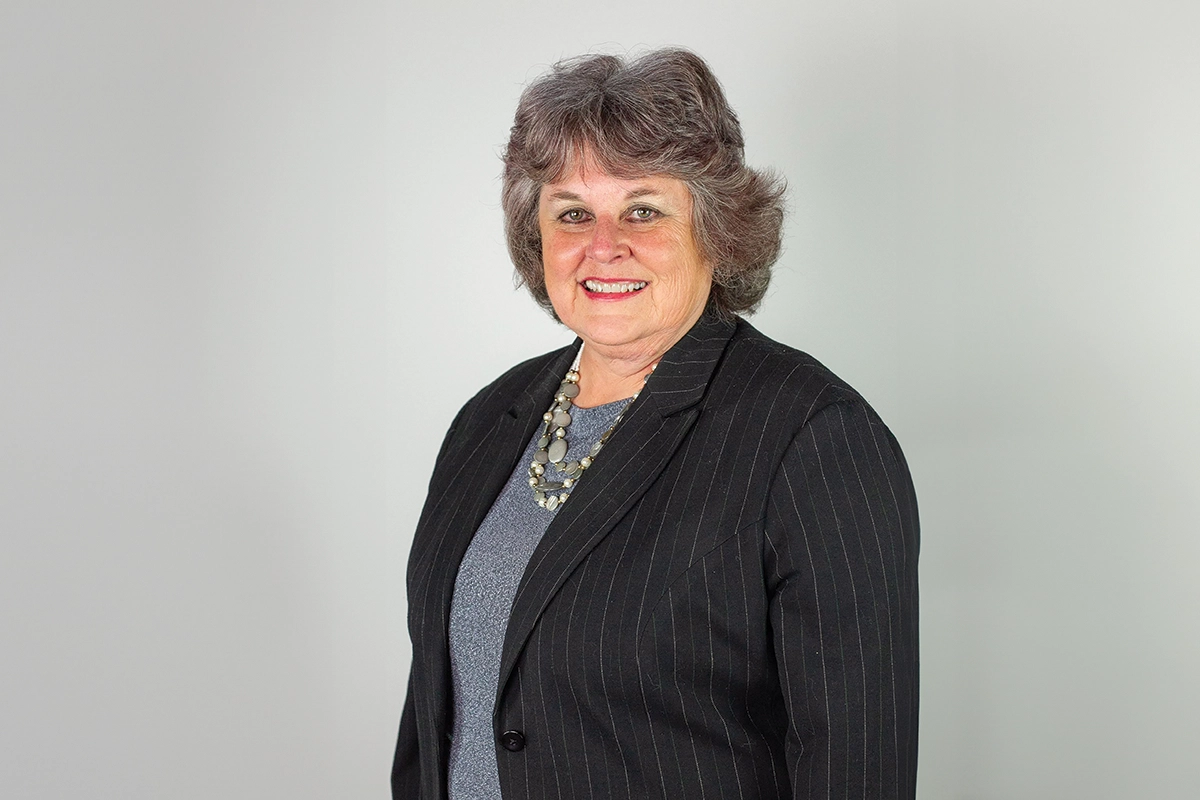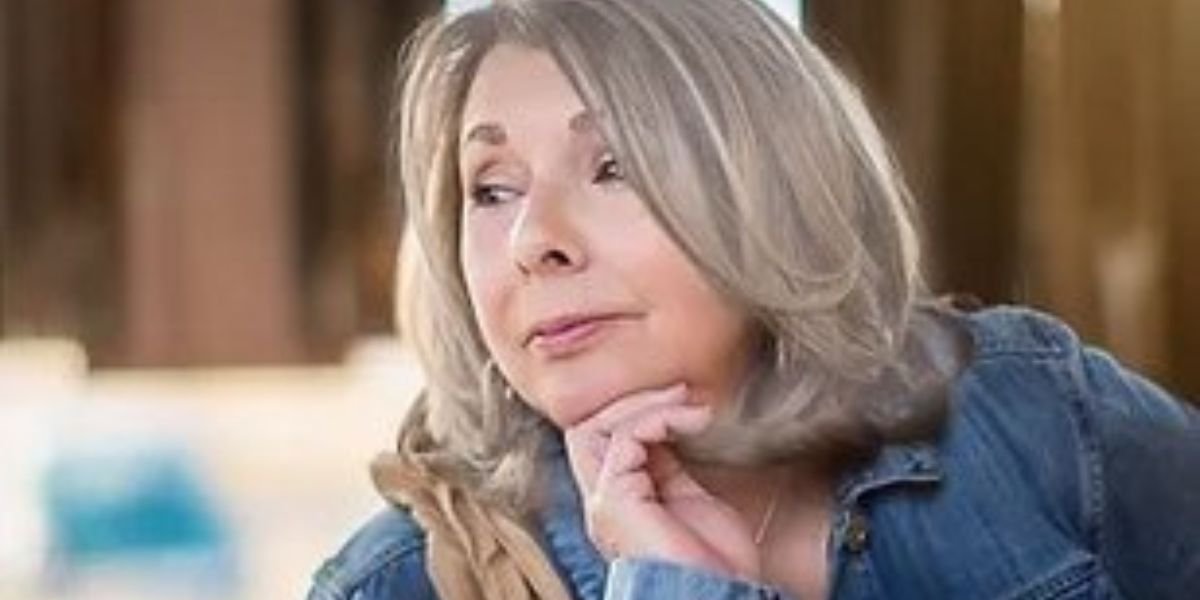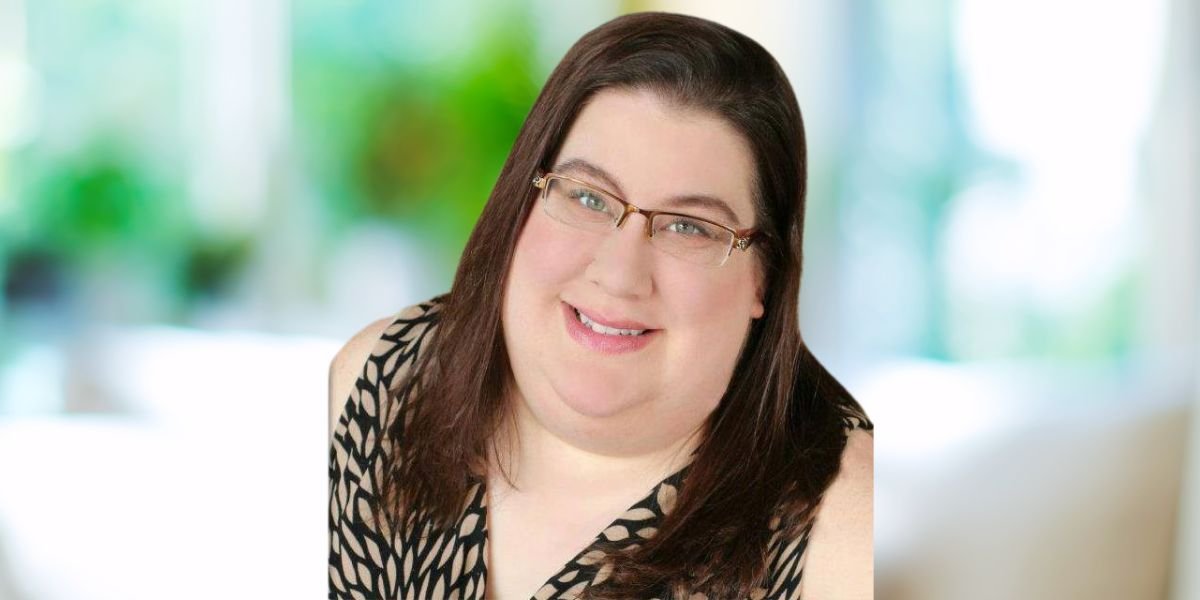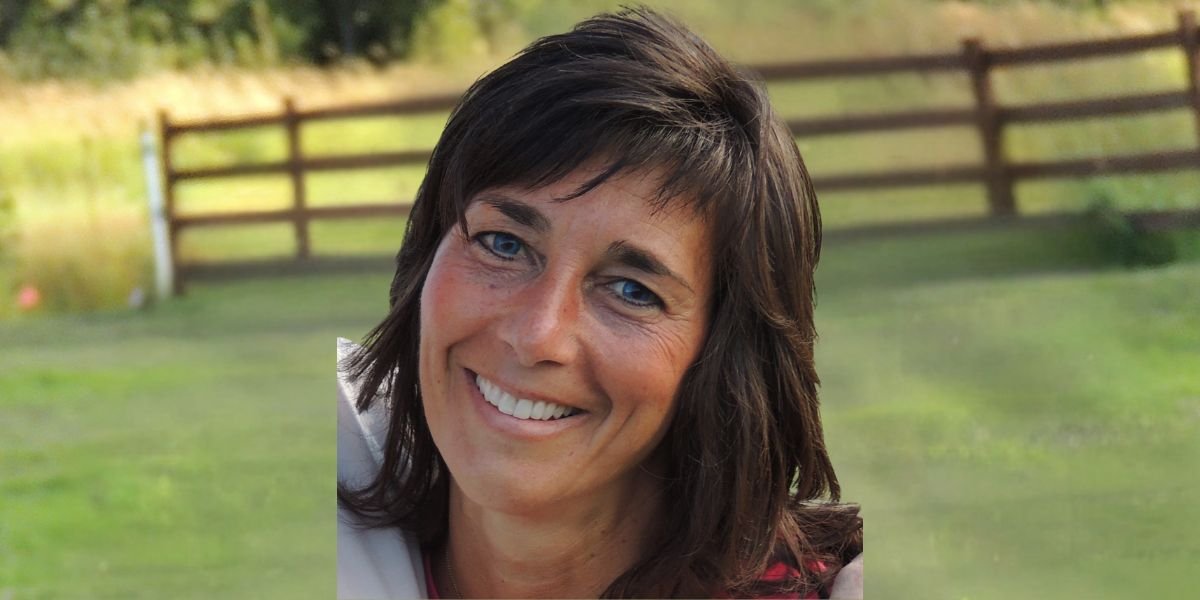Januario Jano – Exploring the Intersections
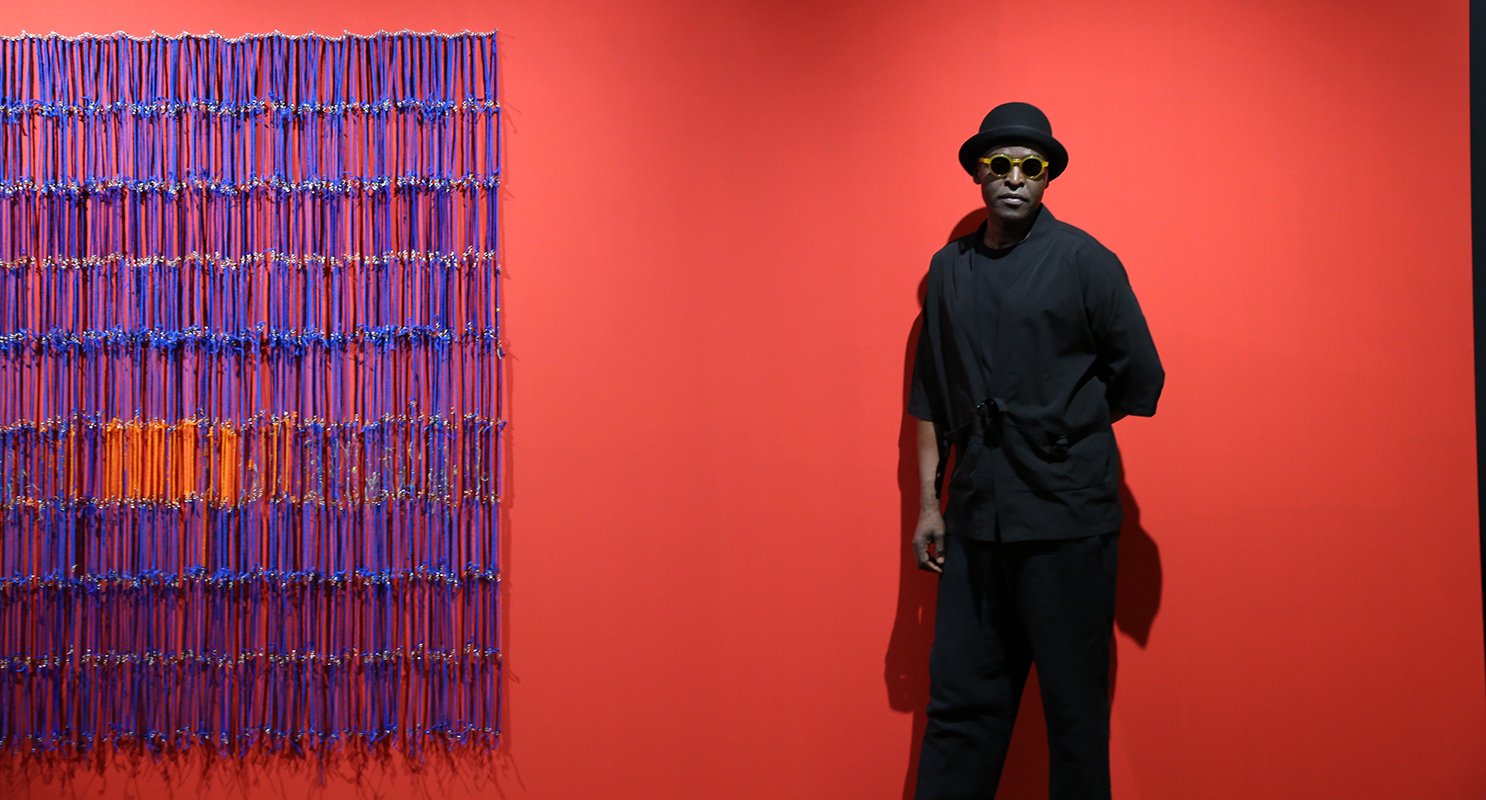
Artistic Journey Through Identity and Culture
Januario Jano discusses his interdisciplinary art practice, exploring identity and cultural narratives, and his commitment to social engagement through initiatives like Pés Descalços and TEDxLuanda, fostering cultural dialogue and innovation.
Januario Jano stands as a beacon of innovation and cultural introspection in the contemporary art world. His interdisciplinary approach, spanning sculpture, video, photography, textile, sound installation, and performance, reflects a profound commitment to exploring the intricate balance between fiction and reality. With a Master’s Degree in Fine Arts from Goldsmiths University in London, Jano’s work is deeply rooted in research, allowing him to delve into complex themes of identity, home, and cultural narratives. His art challenges both historic and contemporary narratives, offering a fresh perspective on the interconnectedness of global cultures and economies.
Jano’s contributions extend beyond the canvas, as he actively engages in cultural and social initiatives. He founded Pés Descalços, a collective dedicated to promoting artistic and cultural projects in Angola, and has been instrumental in launching TEDxLuanda, fostering dialogue and innovation in a country emerging from its tumultuous past. His work has been exhibited internationally, earning a place in prestigious private and public collections. Januario Jano’s art not only captivates with its aesthetic depth but also serves as a catalyst for cultural development and social transformation, making him a pivotal figure in the global art scene.
Your work spans a wide range of mediums, from sculpture to video and sound installations. How do you decide which medium best serves a particular idea, and how do these various forms of expression complement one another in your practice?
The research phase offers both a grounding foundation and a sense of openness to unexpected shifts. It can serve as a point of departure, facilitate and clarify the core themes or ideas I want to explore, but at the same time, it leaves room for those ideas to evolve or take new forms as I engage with the materials. The research can lead to moments of surprise, pushing me to approach the project from angles I hadn’t anticipated.
As for the relationship between different mediums, it seems they complement each other in practice. Some mediums may provide a tactile, immediate connection to the materials, while others mediums offer a more fluid, temporal space to work within. The interplay between these mediums enhances the overall depth of the work, as each medium can push the boundaries of how I communicate an idea.
Much of your work explores the delicate balance between fiction and reality, especially in relation to identity and cultural narratives. How do you approach this balance, and what role does it play in shaping your perspective on contemporary issues?
The balance between fiction and reality in my work speaks to the complex layers of identity and cultural narratives that fused my interest in exploring themes such as; personal and cultural identity, and cultural production, which are often fluid and multifaceted. These topics, I likely aim to challenge perceptions of what is “true” or “authentic” in the stories we tell or hear about ourselves and our cultures. This tension between the two realms becomes a way to question not just personal identity, but the structure of the social fabric, especially as they relate to issues of representation, history, and power dynamics.
Approaching this balance may require an exploration of both the subjective experience and external realities — recognising how identity is shaped by the interplay of cultural histories, myths, and individual experiences. Fiction allows a space for reimagining or reframing reality, and that can be elementary in addressing contemporary issues such as migration, globalisation, or the way marginalised communities are often portrayed.
Your projects often challenge both historic and contemporary narratives within the context of globalisation. How do you use your art to critique or reflect on the cultural interdependence and evolving identities brought about by this global interconnectedness?
Exploring both historic and contemporary narratives through the lens of globalisation allows me to address the complexities of cultural interdependence and evolving identities. In an increasingly interconnected world, the blending of cultures, economies, and technologies creates new spaces for dialogue but also raises questions of power, ownership, and identity. Through my practice, I can critique the ways globalisation impacts these areas — from the erasure of local identities to the homogenization of cultures, and the unequal exchange of resources and influence.
By using various mediums, I likely engage with this interdependence in both abstract and tangible ways. Sculpture, video, textile, performance or sound installations can offer a physical manifestation of these cultural flows, creating spaces where different histories and narratives collide, merge, or contrast. Your art becomes a platform to reflect on how globalisation reshapes our understanding of self and other, exposing the ways identities are constructed, deconstructed, and recontextualized in this global context.
You’ve been a driving force in cultural initiatives like Pés Descalços and TEDxLuanda. How do these philanthropic and social engagement projects intersect with your artistic practice, and what do you see as the role of the artist in fostering cultural development?
Pés Descalços started as I felt the need to engaged and contribute to the local cultural and artistic landscape outside my own practice, it feels the existent gap between me and the society in a large context as TEDxLuanda, these cultural initiatives are parallel to my artistic practice in fostering community, dialogue, and engagement with cultural narratives. These initiatives likely create platforms for voices that are often underrepresented, offering a space for conversations about identity, heritage, and the impact of globalisation, themes that are also central to my art practice.
By intersecting philanthropic work with my creative practice, I often embody the idea that art isn’t just about self-expression but can be a tool for cultural development and social transformation. I see the artist as both a creator and a facilitator, someone who bridges diverse perspectives, encouraging collective reflection, social development and critical thinking.
Research is a core element of your practice. Can you share more about your research process and how it informs the conceptual and material choices in your work, particularly when dealing with themes of identity and home?
My research process likely plays a pivotal role in shaping both the conceptual framework and the material execution of your work. When dealing with themes like identity and home, the research might involve delving into historical narratives, personal stories, cultural identity and production. This multidisciplinary approach allows me to uncover layers of meaning that can inform not only the direction of the project but also the mediums I choose to work with.
For instance, if you’re exploring the notion of home, my research might focus on the architectural, emotional, and cultural dimensions of space — which could influence whether I decide to represent these ideas through textile base work, sculpture, performance, video, photography, installation, or sound. Similarly, when grappling with identity, the research could extend into areas like post-colonial theory, displacement, or oral histories, offering a rich context that informs the final decisions of the project in hand.
In your artist statement, you emphasise the role of the body and its multidimensional representation in your work. How do you explore the body’s relationship with space, culture, and history, and how does this theme manifest across different projects?
The body in my work plays a pivotal role, it acts as a symbol, representing the intersection of space, culture, and history. It carries cultural memory, political meaning, and personal narratives, serving as a site where history and identity are negotiated and contested.
In relation to space, the body can explore themes of belonging and displacement, symbolising movement or transition, especially in the context of globalisation or migration. Culturally, it reflects how identity is constructed and performed through race, gender, and heritage.
This theme appears across my projects in different ways — from physicality in sculpture or performance to absence or fragmentation in video, photography, and sound installations.

